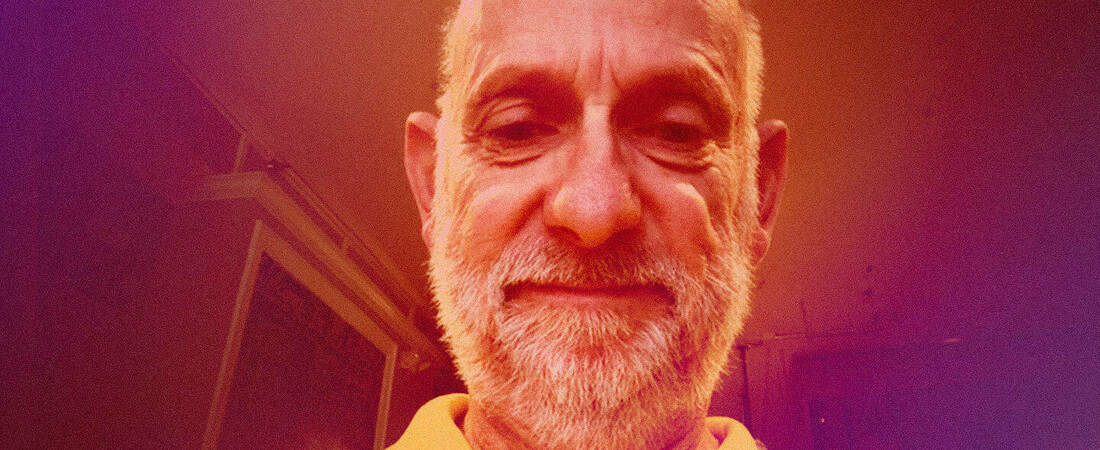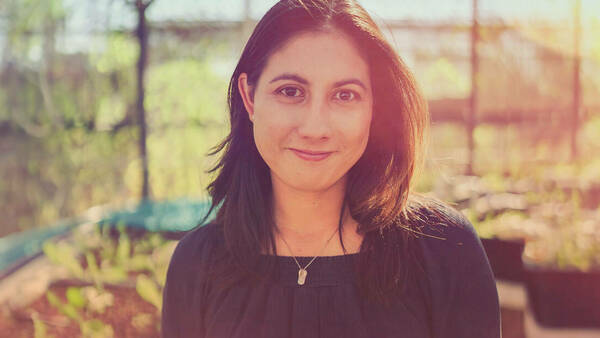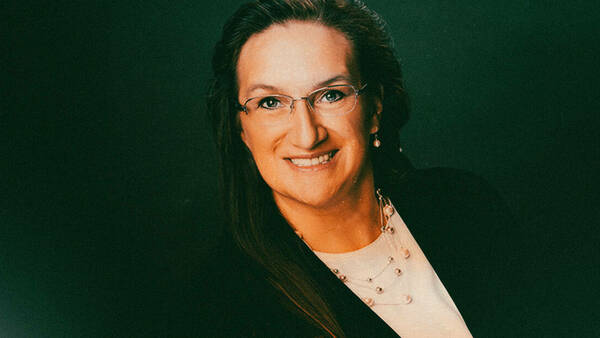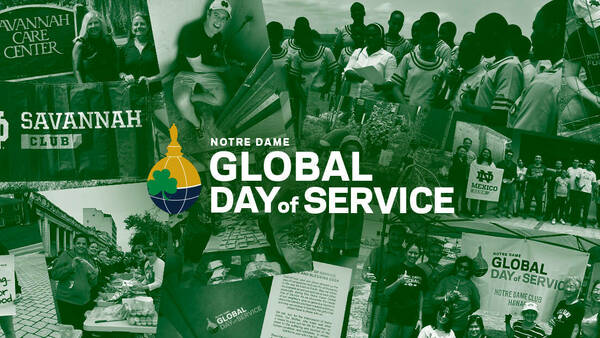David Pais ’72 always knew he wanted to help people, but he couldn’t have imagined that his work fighting HIV/AIDS would reveal parts of himself and his faith in the way it did — forever altering his outlook on life and death.
The beginning of that journey began in South Bend, Indiana, where Pais fell in love with Notre Dame.
From “knee-high to grasshopper,” as he put it, Pais knew he wanted to go to a Catholic university — following his father who attended Catholic University in Washington, D.C. His eyes were on Notre Dame, Georgetown, and the University of Virginia. “Go to any university that will accept you,” Pais’ father told him. “But you can’t go to school in Washington, D.C.”
Pais ruled out Georgetown and was left with high hopes that Notre Dame would work out. “There was no doubt in my mind that if I was accepted that I would go there,” he said.
Thankfully, he was.
Once admitted, Pais quickly became an active member within the community. He studied international relations with the hopes of doing service work and got involved with the Sophomore Literary Festival, Junior Parents Weekend, Community for International Lay Apostolate (now known as the Center for Social Concerns) — all of which connected him to friends who he remains in contact with today.
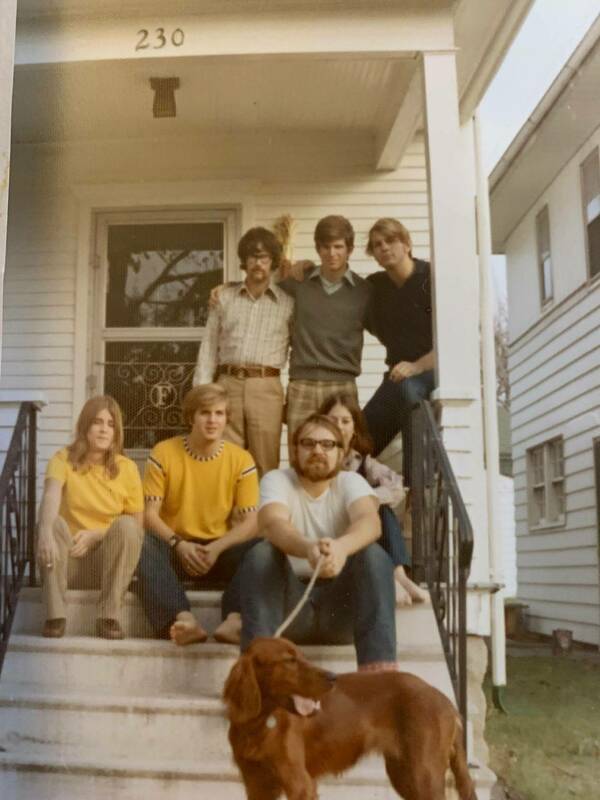
When his senior year rolled around, Pais ran into one of those friends who had recently graduated and was recruiting for the Marist Brothers, a lay volunteer program that places teachers in schools around the world. He was asked if he’d be interested. For Pais, who had never been abroad but was studying international relations, the idea of serving in Jamaica was exciting.
“Wow,” he thought. “I’ll be able to teach and then go lay on the beach!”
To his surprise, the Jamaica they were referring to was Jamaica, Queens. The southeastern burrough of New York City was hardly the Caribbean island Pais had in mind.
But more than relaxing by the ocean, Pais was drawn to work that would leave the world better than he found it. It was a vocation he’d discerned during his undergraduate years on campus, so off to New York he went.
“My faith, which I seriously started to explore at ND, fueled that desire to work on the margins and invite those on the outskirts to discover how unconditionally loved they are by their Creator,” Pais said.
By 1981, Pais had moved to New York to teach full time. It was at the same time that the United States began to identify the earliest cases of HIV/AIDS, with the city as the epicenter. With little known about the nature of the virus, people were left largely in the dark. The gay community, which Pais is a part of, was severely impacted.
That same year, a close friend of Pais had died from AIDS. “I vowed at that point that when something became available that I could help with, I would get involved,” he said.
Gay Men’s Health Crisis, the world’s first HIV/AIDS service organization, opened that following year in the city. Within its first week, Pais was volunteering. Two years later, he was hired to do outreach and community education on the emerging disease.
But even as he took action, being surrounding by loss daily took a massive toll. By the fall of 1984, he knew 200 people who had died.
“I avoided funerals,” he said. “I just couldn’t go.”
Eventually, Pais left GMHC, taking up a job as the Executive Director of Alumni Affairs at Polytechnic University in Brooklyn — now NYU Tandon School of Engineering.
A few months later, he met Bill.
Bill Neitzel grew up on Long Island and moved to Philadelphia after serving in the Navy. He had a degree in business and was working as an accountant for a design firm in the city when he crossed paths with Pais. Although Neitzel was working in New York, he still lived in Philly.
“You’re a really nice guy,” Pais told him, “but you’re geographically undesirable.”
The distance didn’t stop Neitzel from pursuing a relationship, but Pais was resistant. That was until a friend from Notre Dame invited him to a Christmas party in Philadelphia. While he was in the area, the pair reconnected.
“That was it,” Pais said. “I fell hook, line, and sinker for him.”
In March of 1985, they moved in together in New York City. That fall, GMHC recommended that gay men get tested for HIV.
“There was nothing you could do if you tested positive, but they felt it was important for people to know their status,” Pais said. “I’ll never forget, we got our results back on Halloween.”
They had come back positive.
Neitzel’s T-cell count was significantly lower than Pais’, indicating severe damage to his immune system; his HIV had advanced to AIDS. Pais suddenly went from supporting people fighting the disease to seeking that same support for himself and Neitzel.
Pais joined a care partner group through GMHC for men who had partners diagnosed with HIV. While the group helped him cope, his faith was crucial. He had grown up Catholic, after all, and considered himself a deeply spiritual person.
“I don’t think I’d still be here today if I hadn’t had my faith,” he said.
But just two years after they’d begun their life together, Neitzel died. Amid the tragedy Pais found himself surrounded by, his relationship to his faith began to feel strained.
“For a period of time after he died, I was not connected to a sacramental community or parish," he said. “I suffered from anger and depression. I couldn’t motivate myself.”
Eventually, he found his way back to his spirituality in the Jesuit parish of St. Francis Xavier in Manhattan. The community welcomed him with open arms in 1994 when he began to reconnect with his faith.
Pais went on to serve on the parish council and was an active member of its outreach program for the LGBTQ+ community. In addition, he led a peer group for people living with HIV/AIDS.
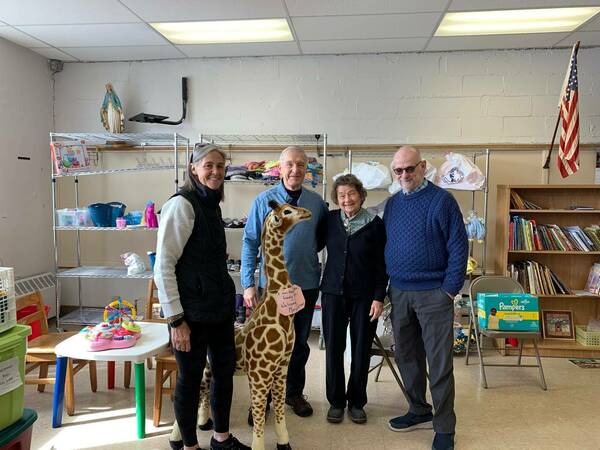
Pais also wanted to set an example.
“I knew I was gay very early in life,” he said. “I would look around and there were no role models, and particularly, no one in the church.
“You can be a very successful person and still be gay — and even still be Catholic.”
Over the years, the dichotomy between society and the church’s expectations and who Pais knew himself to be had led to plenty of searching — for answers, for clarity. His work at St. Francis Xavier moved him to pursue his master’s in pastoral counseling at Loyola University in Chicago. Still, there was so much more within himself he wanted to explore.
On Pais’ bucket list was to walk the Camino de Santiago, also referred to as the Way of St. James, a 600-kilometer pilgrimage in northwest Spain. The most popular route leads from St. Jean-Pied-du-Port in France to Santiago de Compostela in Spain, which is said to hold the remains of St. James the Great, the first apostle to be martyred for his faith. This was the route Pais took when he finally made the journey alone at 69.
“I made that vow in the late 1980s and here it was 2019,” he said.
Pais deliberately timed his journey so that he would arrive on the feast of St. Francis of Assisi, beginning his pilgrimage on October 4 from Barcelona. Every Sunday, he stopped for Mass at nearby parishes, engaging with locals and fellow pilgrims in the towns he passed through.
“Everybody had their own reasons for doing it, but all of them were searchers, looking for something important in their life.”
Pais was deeply touched by the people he’d met during the pilgrimage. Of them was a man in his late forties living in South America, happily married with three kids. One day, while accompanying Pais on the pilgrimage, he explained that he was scared of dying — his reason for taking on the Camino.
Pais felt he was supposed to meet this man. “Don’t worry about dying, worry about living,” he said to him. “I was supposed to be dead at 36. I’m now approaching 70.”
After talking about their lives, the man’s perspective had changed. In the months following the pilgrimage, Pais received a message from the man, who told him that he’d asked his wife to do the Camino with him again the next year.
Pais talks more about his experience completing the Camino in a piece published by the Notre Dame Senior Alumni in 2020. One of those moments he will never forget was at the Cathedral of St. Mary in Burgos.
“I was truly blown away by seeing that crucifix and the bruises on the body of Christ,” he recalled. “They looked exactly like [the] Kaposi sarcoma that Bill had.”
Kaposi sarcoma is a type of cancer commonly associated with HIV/AIDS. As the cancer develops, lesions on the skin appear, varying in appearance from pink to purple and causing bleeding and discomfort.
That day, Pais walked around the cathedral in a daze, feeling as though he was walking through the City of God.
Although filled with hardship, Pais recognizes that his life is filled with love. He hopes his story, all the good and bad, reminds people that while life is fragile, that’s precisely what makes it so precious.
“I hope that one of the things I can help do is create space for those kids who recognize that their sexual attraction is different — that they can be both a good person, a good Catholic, and be head over heels in love with their husband or wife and create a family.”
In 1992, Pais had helped to create the Gay and Lesbian Alumni group of Notre Dame and St. Mary’s College, GALA-ND/SMC, an unofficial group that preceded the establishment of the Alumni Rainbow Community of Notre Dame (ARC ND) in 2020. He remains an active member of the ND community.
“Notre Dame taught me that I was to get a good education, and that it’s OK to use that education for myself — but I owed a responsibility to others to make their lives better,” he said. “I’ve never forgotten that lesson.”
